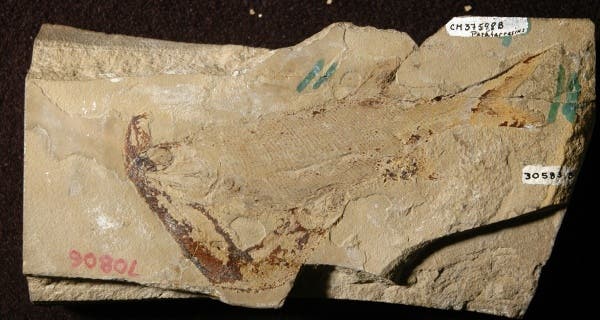Some 360 million years ago, the oceans were teeming with big fish, some as big as a school bus. Then something terrible happened, the causes of which still escape scientists today: the Hangenberg Event. This was the last peak in a streak of mass extinctions known as the Late Devonian extinctions which wiped out 97% of all marine vertebrate species. In the aftermath, it paid to be small, a new study suggests. The researchers at University of Pennsylvania found that small fish dominated the ecological niches for nearly 40 million years. This tremendous rebound time is relevant today when overfishing is threatening countless large fish species. Once these disappear, it might be a very long time before we get tuna-sized fish back on our plates.

The researchers studied 1,120 fossils of sort of ancient fish species dating back 419 to 323 million years ago, pre and post Hangenberg. Over time, the fish had increased in size, echoing Cope’s Rule – the generalization that most animal groups have evolved toward larger body size. Once 97% of all vertebrate species died off, that body sized plummeted. That itself isn’t surprising. During mass extinction events, the big guys are first to go. They require more food, resources, take longer to breed and parent. Only the small fish which needed little food and were quick to reprodue survived. What’s surprising, however, is how long it took for large fish to return to the scene.
“[T]he end result is an ocean in which most sharks are less than a meter and most fishes and tetrapods are less than 10 centimeters, which is extremely tiny. Yet these are the ancestors of everything that dominates from then on, including humans,” said University of Pennsylvania’s Lauren Sallen.

The researchers mapped body-size trends with known climate models of the time. They found there were no atmospheric oxygen or temperature limitations that would have forced big fish out – it’s all based on ecological factors, the researchers note.
“Before the extinction, the ecosystem is stable and thriving so that organisms can spend the time to grow to large sizes before they reproduce, for example,” Sallan said. “But, in the aftermath of the extinction, that ends up being a bad strategy in the long term. So tiny, fast-reproducing fish take over the entire world.”
So far, life on Earth went through five major extinction events, each stressing life to the brink of obliteration. The most devastating blow came 252 million years ago when the Great Dying snuffed out about 90 percent of the world’s species, both on land and in the oceans. Some experts fear we’re beginning to enter the phase of a new, sixth extinction event – this time driven by humans. For instance, plants and animals are going extinct 1,000 times faster than they did before humans walked on Earth’s surface. Studies like this one at UP show how fragile the ecosystem can really be.






